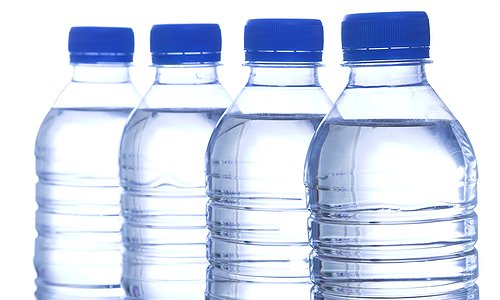SA has second highest incidence of skin cancer worldwide
At least 20 000 South Africans are diagnosed annually with non-melanoma skin cancers, and approximately 1 500 are diagnosed with melanoma.
Jackie Maimin from ICPA, says that many people are misinformed about skin cancer, thinking that the sun is only dangerous in summer or on a hot day, that one or two cases of sunburn won’t result in skin cancer, that people with darker skins are not at risk for getting skin cancer and that sunbeds are a safer alternate to tanning in the sun.
“It is important for South Africans to realise that sun exposure can be dangerous all year round and that even on a cloudy day some harmful UV rays reach us. That Melanoma is linked with short, sharp bursts of exposure to UV rays, so just one instance of blistering sunburn as a child can later lead to the development of skin cancer. That although people with darker skins are less susceptible to sunburn and developing skin cancer due to more natural melanin in their skin which effectively protects against sun damage, everyone is at risk of developing skin cancer – regardless of the colour of their skin. That sunbeds have been classified as carcinogenic (causing cancer) to humans and should be completely avoided.”
ICPA recommends 5 key steps to guard against skin cancer:
- Cover up – wear broad brimmed hats and long sleeves, sit under umbrellas and put sun protection swim suits on your children
- Protect your eyes – wear UV protection sunglasses with an UV protection rating of UV400
- Stay out the sun in the middle of the day (sit in the shade between 10:00 and 16:00)
- Use a broad spectrum (UVA/UVB) sunscreen with an SPF of 15 or higher every day. For extended outdoor activity, use a water-resistant, broad spectrum (UVA/UVB)
- Sunscreen with an SPF of 30 or higher and reapply every 2 hours after swimming, perspiring and towel drying.
The ICPA shares some information on skin cancer as provided by CANSA:
There are two main categories of skin cancer, namely, melanoma and non-melanoma.
Melanoma (NCR 2013) is less common than other skin cancers, but it is the most dangerous. It is of special importance to note that excessive ultraviolet (UV) radiation received as a child, increases the risk of melanoma later in life. Melanoma is linked with short, sharp bursts of over-exposure, so even one incident of bad sunburn, especially in childhood, can later on in life, trigger damage and develop into a melanoma.
Non-melanoma skin cancers mainly comprise Basal Cell Carcinoma (NCR 2013) and Squamous Cell Carcinoma (NCR 2013). Of these, Basal Cell Carcinoma is the most common and the least dangerous. These cancers are linked to long term exposure to the sun, for example people with professional sports careers or outside occupations. If left untreated, these can lead to disfigurement, or the loss of an eye, nose or ear, so early detection is important.
Squamous Cell Carcinoma (SCC) is most frequently seen on sun-exposed areas of the body such as the head, neck and back of the hands. People who use tanning beds have a much higher risk of getting SCC – they also tend to get SCC earlier in life.
“It is vital to put sunscreen on every time you venture out into the sun,” says Maimin. “Especially for children – and babies younger than a year should ideally not be out in the sun and you should not apply sunscreen to babies under 6 months. Ask your pharmacist for advice on the best sunscreen for your skin type or look for CANSA approved sunscreen products at your local independent community pharmacy and choose one with an SPF between 30 and 50 – the higher the better, especially for fairer skins.”
“Covering up with protective clothing, wearing a hat and staying in the shade are all good ways to minimise your exposure to harmful UV rays. It is also essential that you educate children about being sun smart and reapplying sunblock, wearing their hats and keeping out of the sun whenever possible but especially between 10am and 3pm.”
“Sun protection actually has its roots in pharmacy. Benjamin Green, a pharmacist and airman in the Army, created what would later become the first popular commercial sunscreen available in the United States. What was initially a red, sticky paste used by soldiers to ward off sunburn during World War 2 has evolved and we are now offered a plethora of sunscreen products suitable for all ages, skin types and activities – the ICPA urges South Africans to protect themselves from skin cancer whenever they venture out doors and if you are unsure on what to use, consult your pharmacist or healthcare professional. It could save a life,” concludes Maimin.



